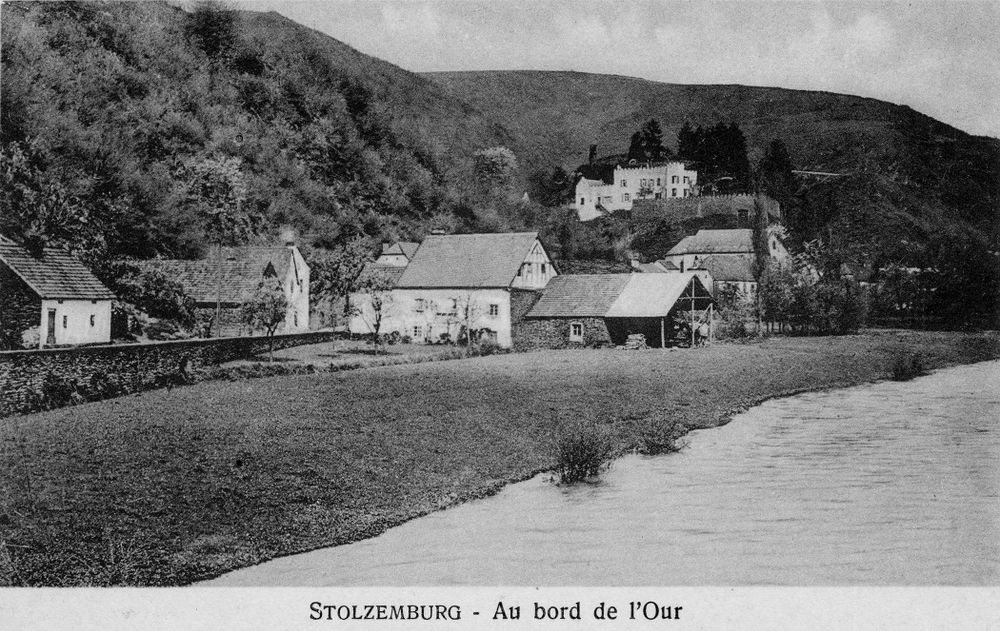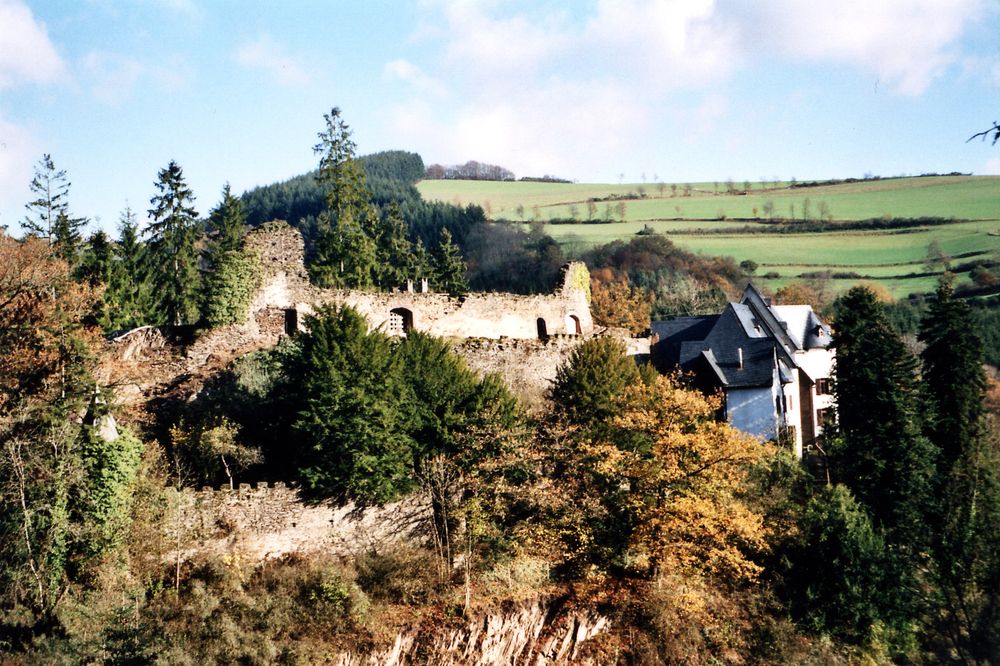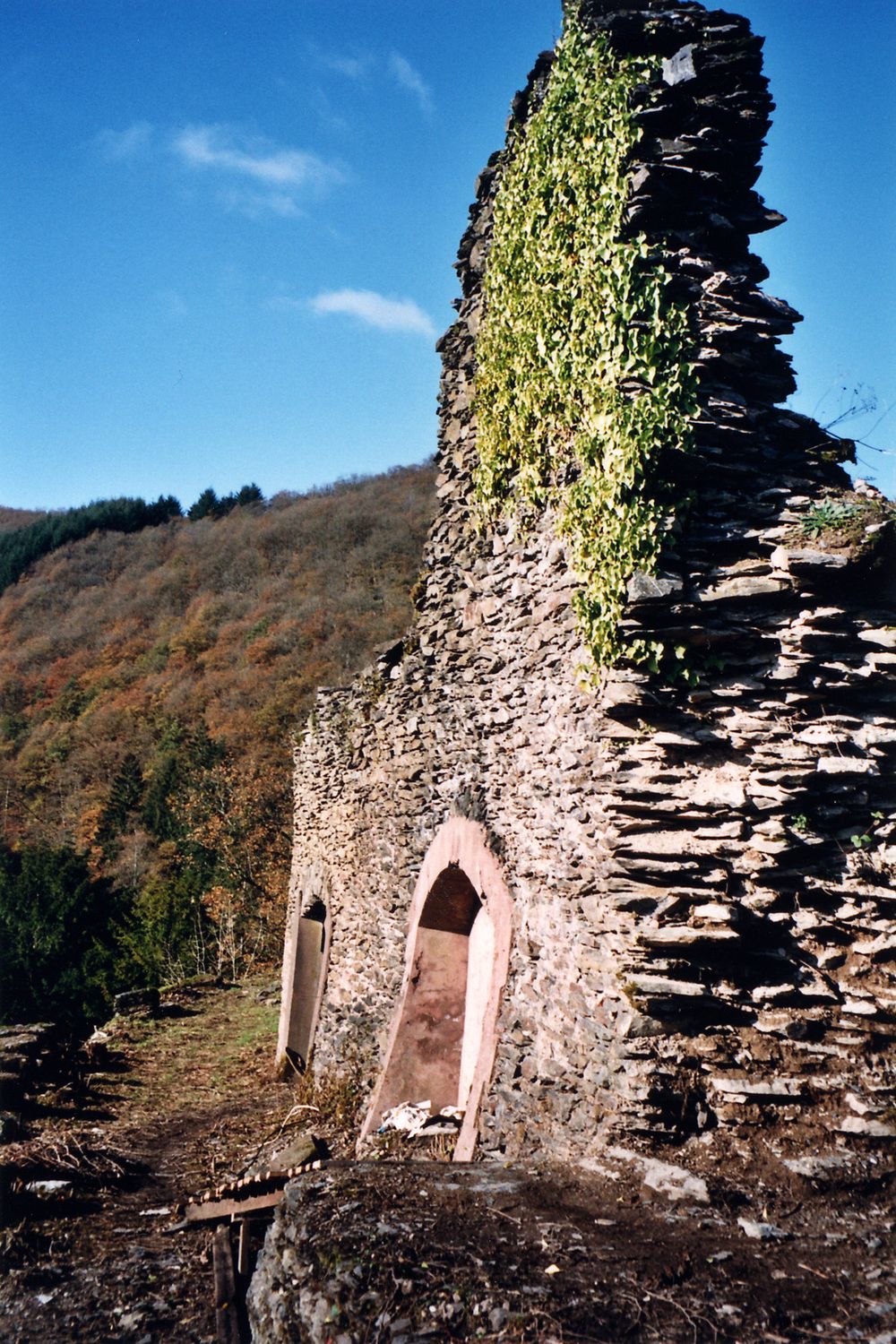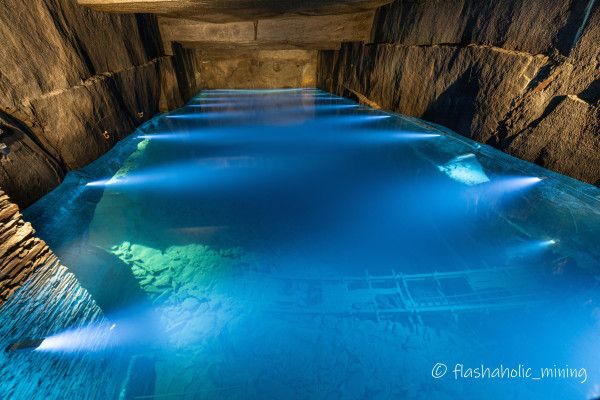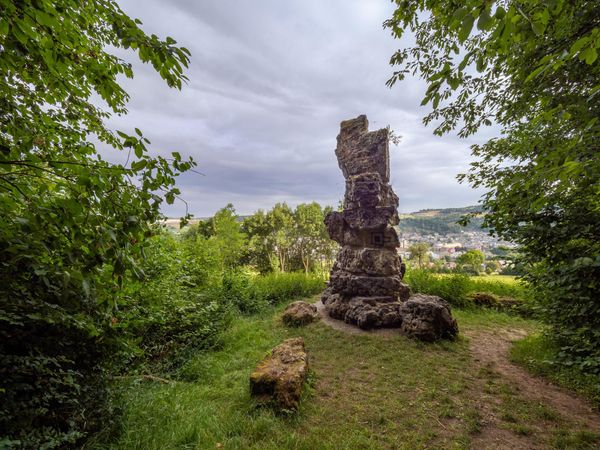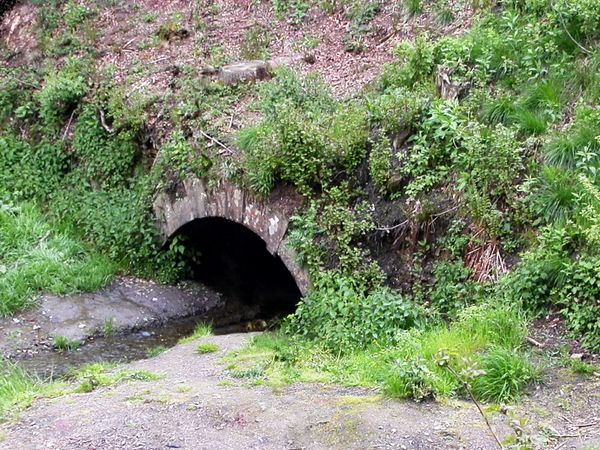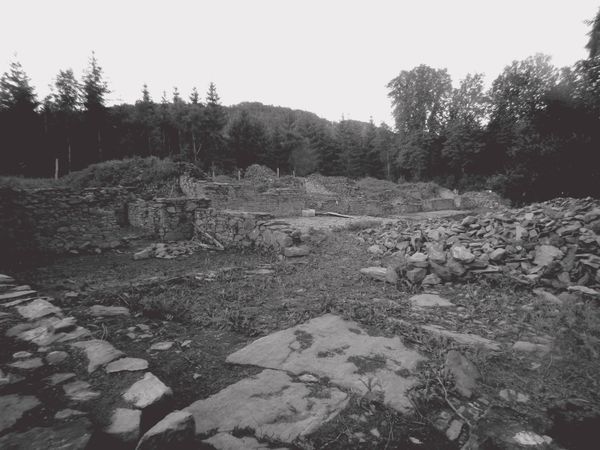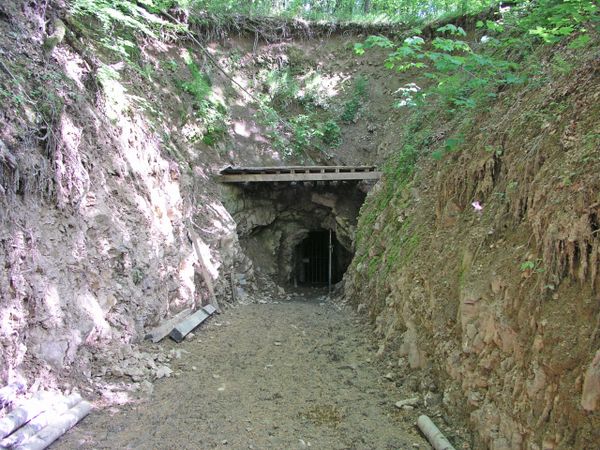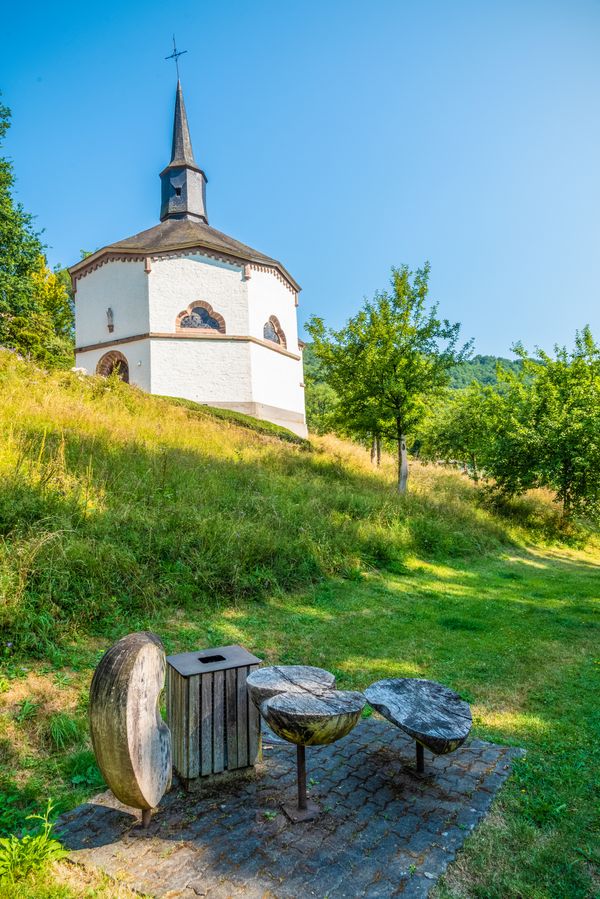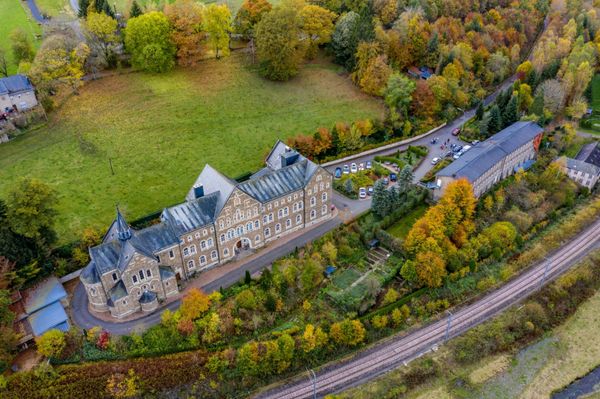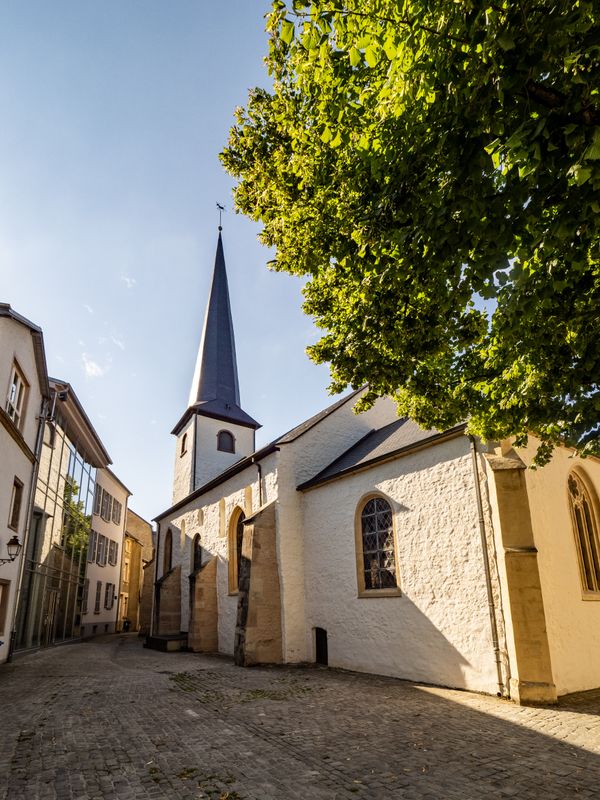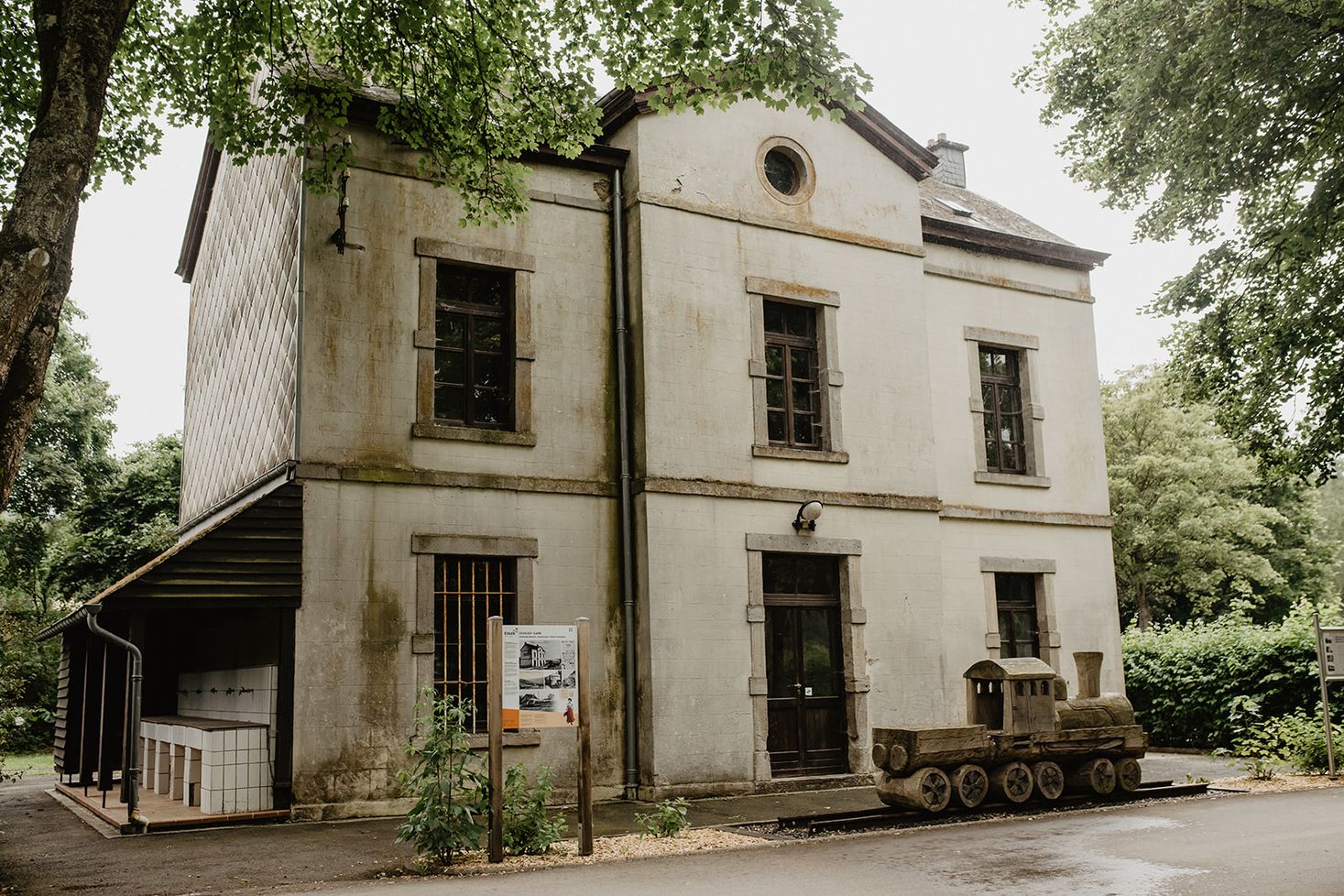
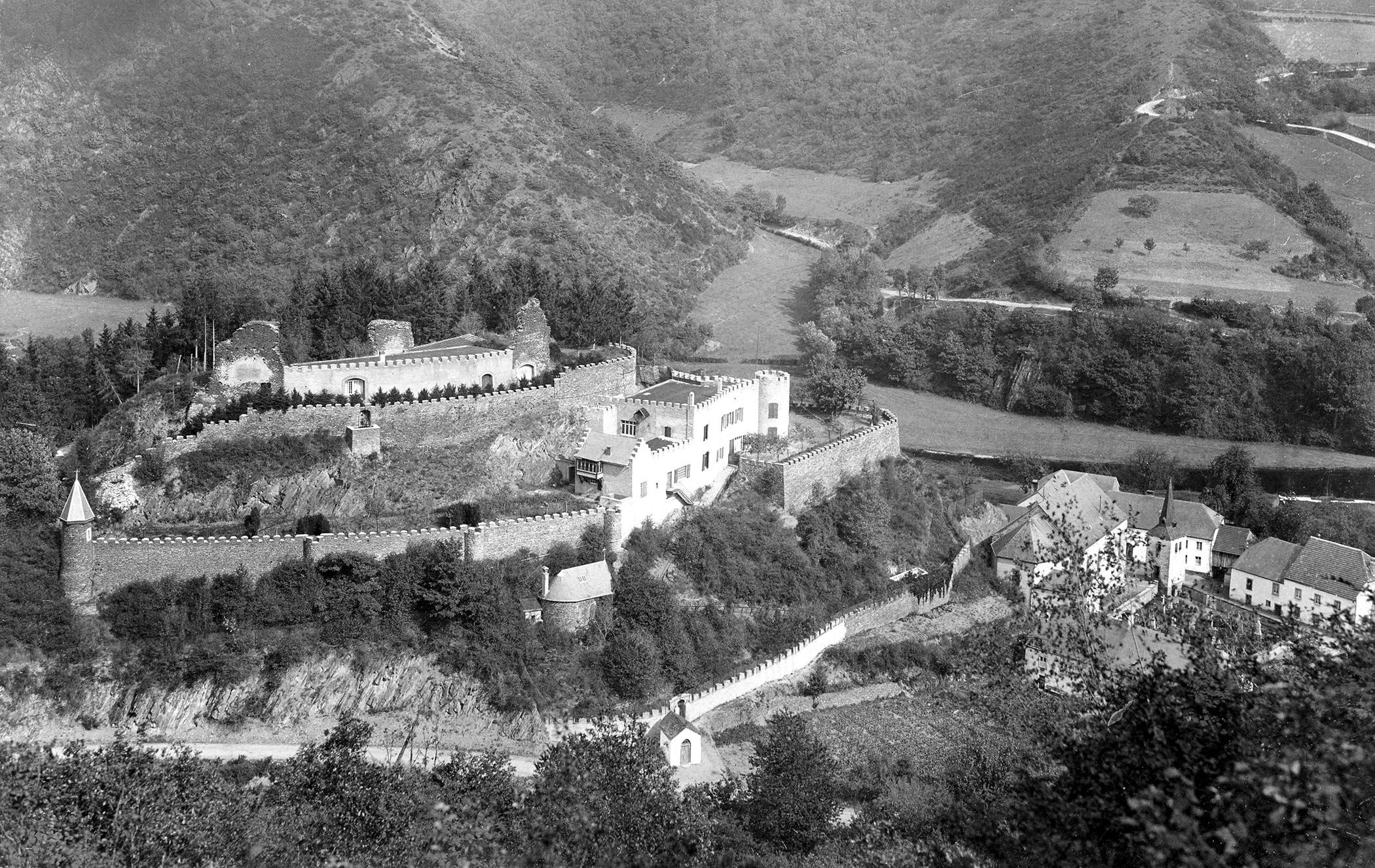
Putscheid Stolzebuerger Schlass – Former Castle
Stolzembourg Castle, rooted in history since 1192, witnessed destruction in 1454 and 1679 before being revitalized with a Scottish-style manor house in 1898.
Stolzembourg Castle, perched atop a hill in the heart of Stolzembourg village, has a rich history that spans centuries. Mentioned as early as 1192, it began as a simple tower, serving as a lookout along the River Our road in the county of Vianden.
The castle's fortunes were tumultuous. In 1454, Governor Antoine I de Croÿ ordered its destruction, a fate repeated in 1679 during the Dutch War when Louis XIV's troops ravaged its walls. Left in ruins for over two centuries, its story took a turn in 1898.
An Englishwoman named Mrs. Digby purchased the site and constructed a Scottish-style manor house adjacent to the ruins. This marked the beginning of a new chapter for Stolzembourg Castle, now privately owned.
Throughout the 20th century, the castle changed hands and underwent renovations, adapting to the tastes and needs of its owners. Despite the transformations, it retained its historical significance, serving as a reminder of the area's past.
With support for restoration efforts, there is hope that one day Stolzembourg castle’s doors may reopen, allowing visitors to step back in time and explore its ruins.
Opening hours

